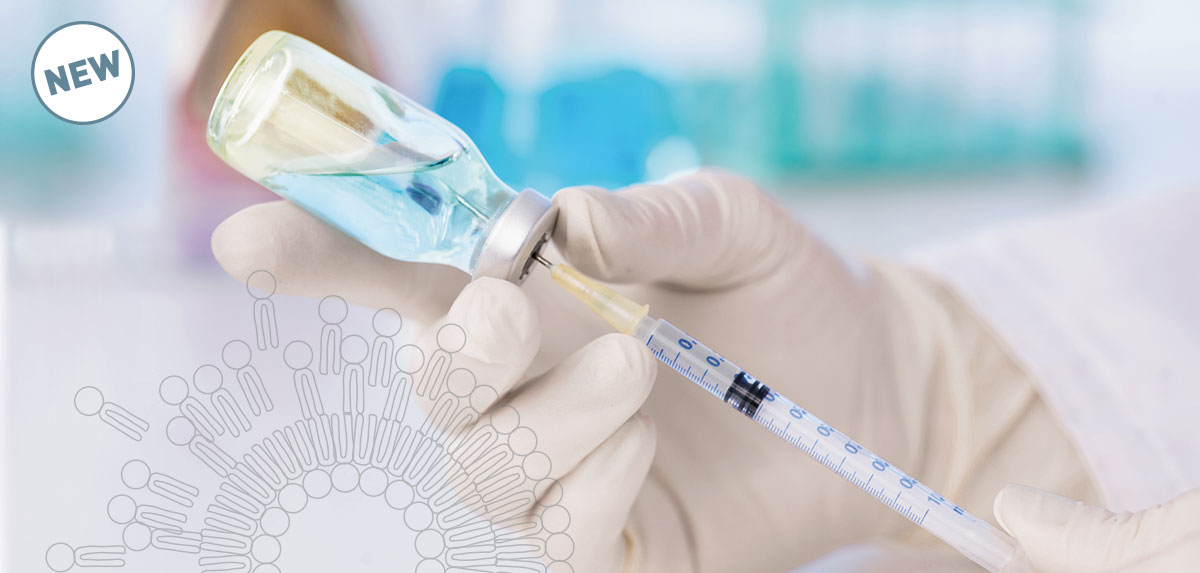Vaccine Adjuvants
The routine use of vaccines is one of the most outstanding accomplishments of modern medicine. The first major milestone was the eradication of smallpox. Nowadays, emerging pathogens like Sars-CoV-2 require innovative vaccination approaches. Besides the prevention of infectious diseases, vaccination is also an emerging field to prevent and treat cancer.
The first generations of vaccines were made by use of live attenuated organisms or inactivated organisms, followed by specific antigens and most recently by antigen encoding mRNA. Antigens often induce only a low immune response. In such cases, adjuvants are needed to boost and/or modulate the immune response. Adjuvants can be classified into carrier systems and immunostimulants or antigens.
Carrier Systems
Carrier systems include e.g. oil-based emulsions, Immune Stimulating Complexes (ISCOMs), liposomes, lipoplexes and lipid nanoparticles (LNPs). Natural and synthetic phospholipids, mainly phosphatidylcholine, often called “lecithin” in American literature, and other phospholipids relevant for the adjuvant use are often explored and attract more and more attention (Fig. 1).
Such systems are used as carriers for immunostimulants, antigens or mRNA along with cationic lipids like DOTAP for complexation (Fig. 2). In addition, certain phospholipids of the carrier systems like DOPC and DOPE play a major role in intracellular processing. Since the advent of COVID-19 vaccines based on LNPs and mRNA, wherein phospholipids are essential components, the interest in lipid carriers is tremendously increased.
Immunostimulants
In 1925, Ramon demonstrated for the first time in horses that artificial enhancement of diphtheria and tetanus antitoxin levels by the addition of immunostimulants like agar, metallic salts and saponins is possible. In the 1940s, first trials were performed with water-in-oil emulsions as adjuvants. These so-called Freund adjuvants comprised mineral oil emulsions. Freund adjuvants are no longer used in marketed vaccines as they are poorly tolerated due to the nondegradable mineral oils present. Nevertheless the use of aluminium salts is well established, immunostimulants like saponins, Monophosphoryl Lipid A (MPL).
